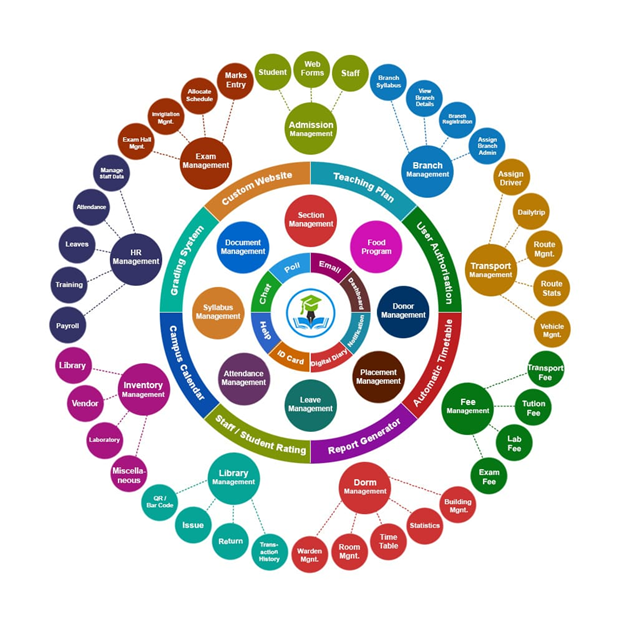University Management System Development: Streamlining Campus Operations for the Future
In today’s fast-paced digital age, universities are moving towards smarter, more efficient ways to manage their daily operations. A University Management System (UMS) is a modern solution designed to handle the complex tasks involved in running a university. From managing student records to tracking staff performance, a well-built UMS simplifies administrative work, enhances communication, and improves the overall educational experience.
But what exactly is a University Management System, and how can it benefit a university?
What is a University Management System?
A University Management System is a software solution that centralizes all university processes into a single platform. Instead of having different departments using separate systems for student enrollment, course registration, grading, finance, and communication, a UMS combines all these functions into one cohesive tool.

